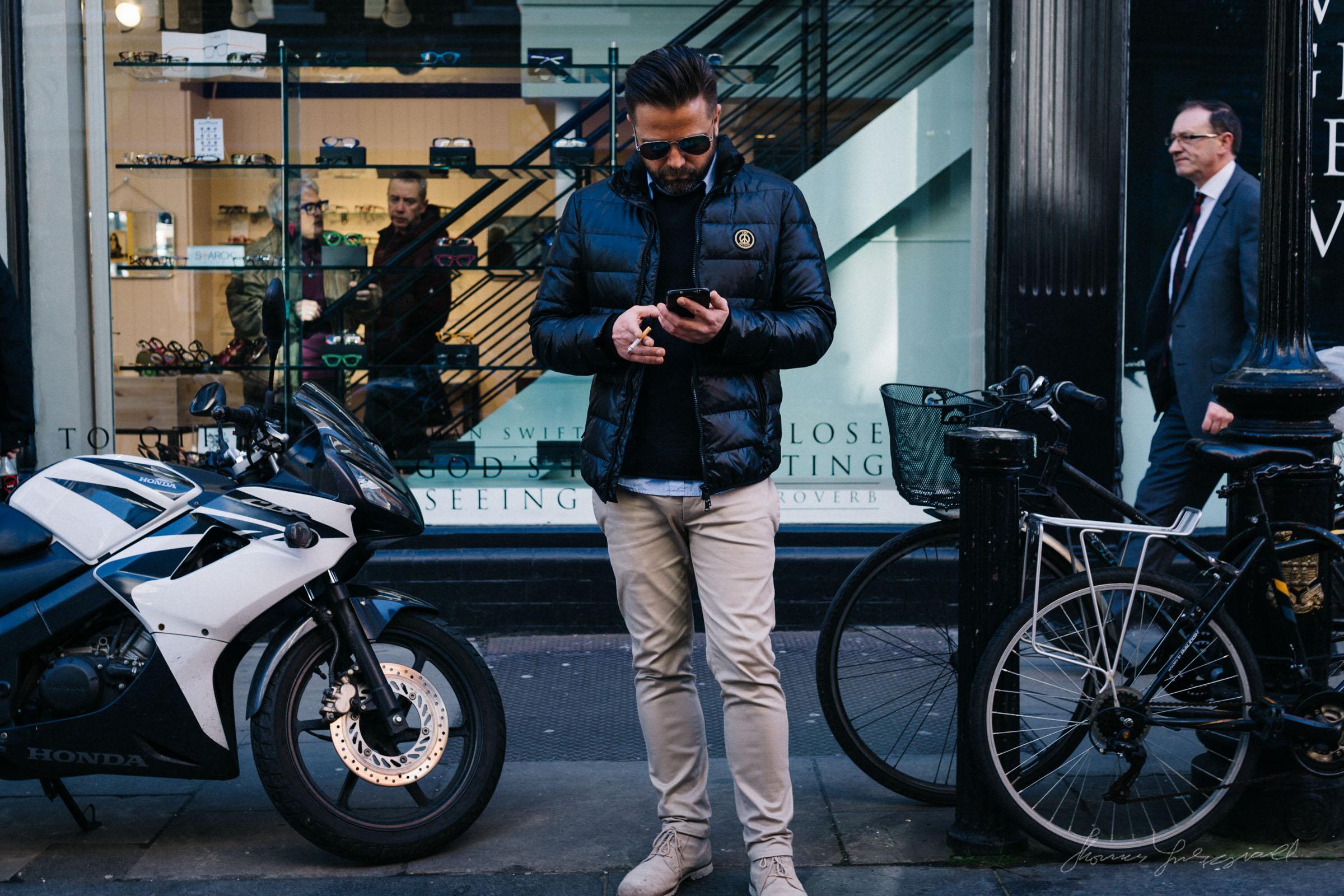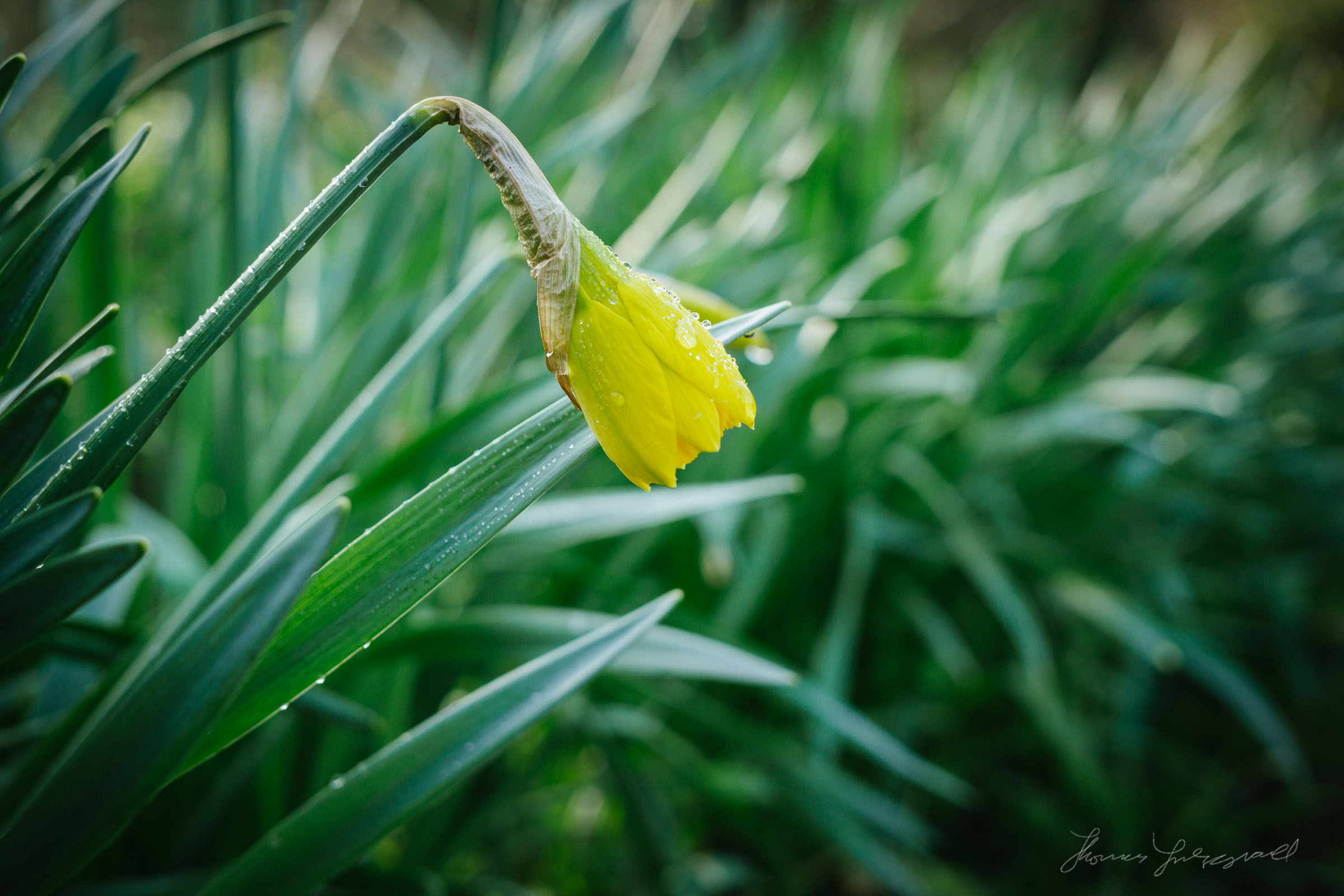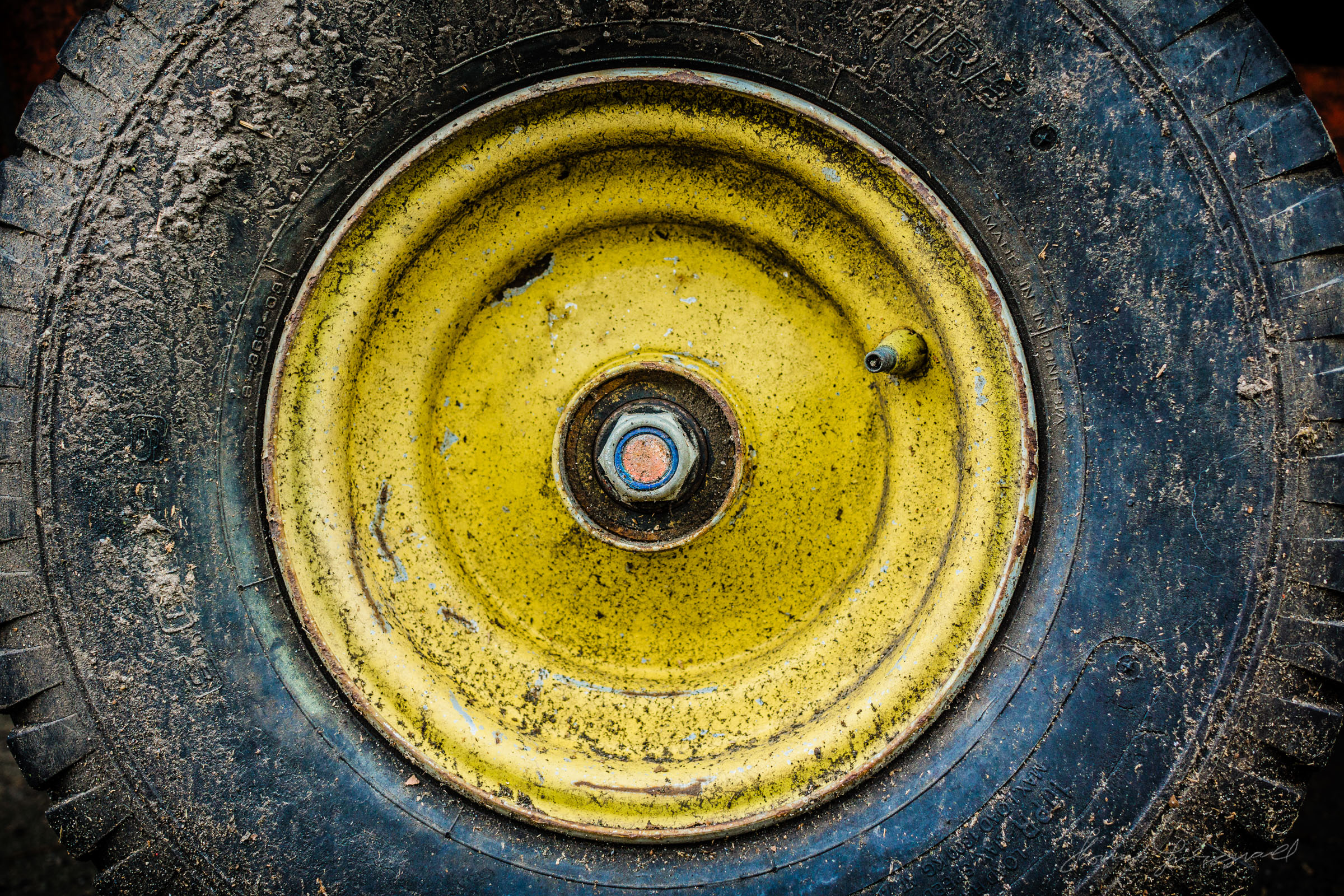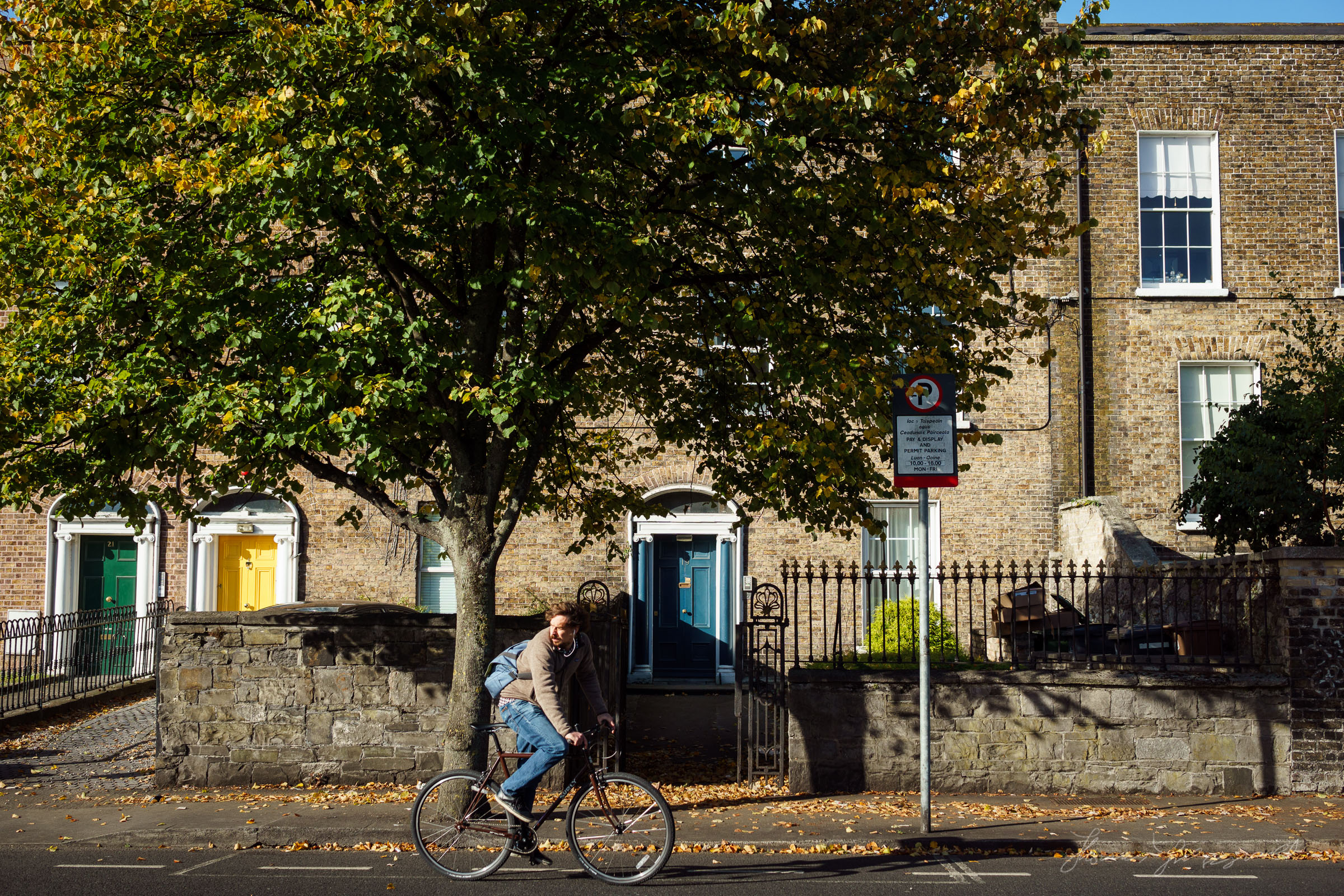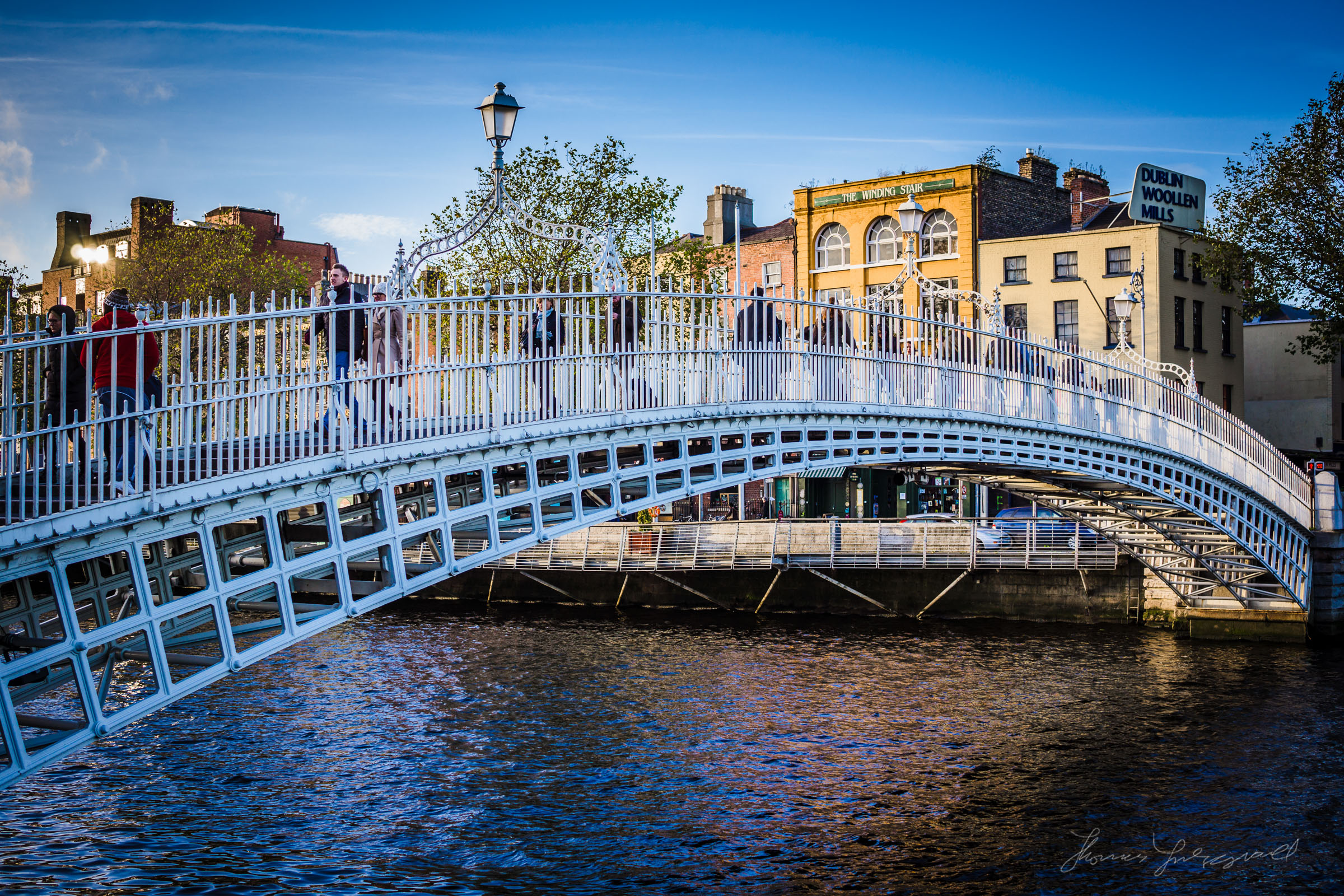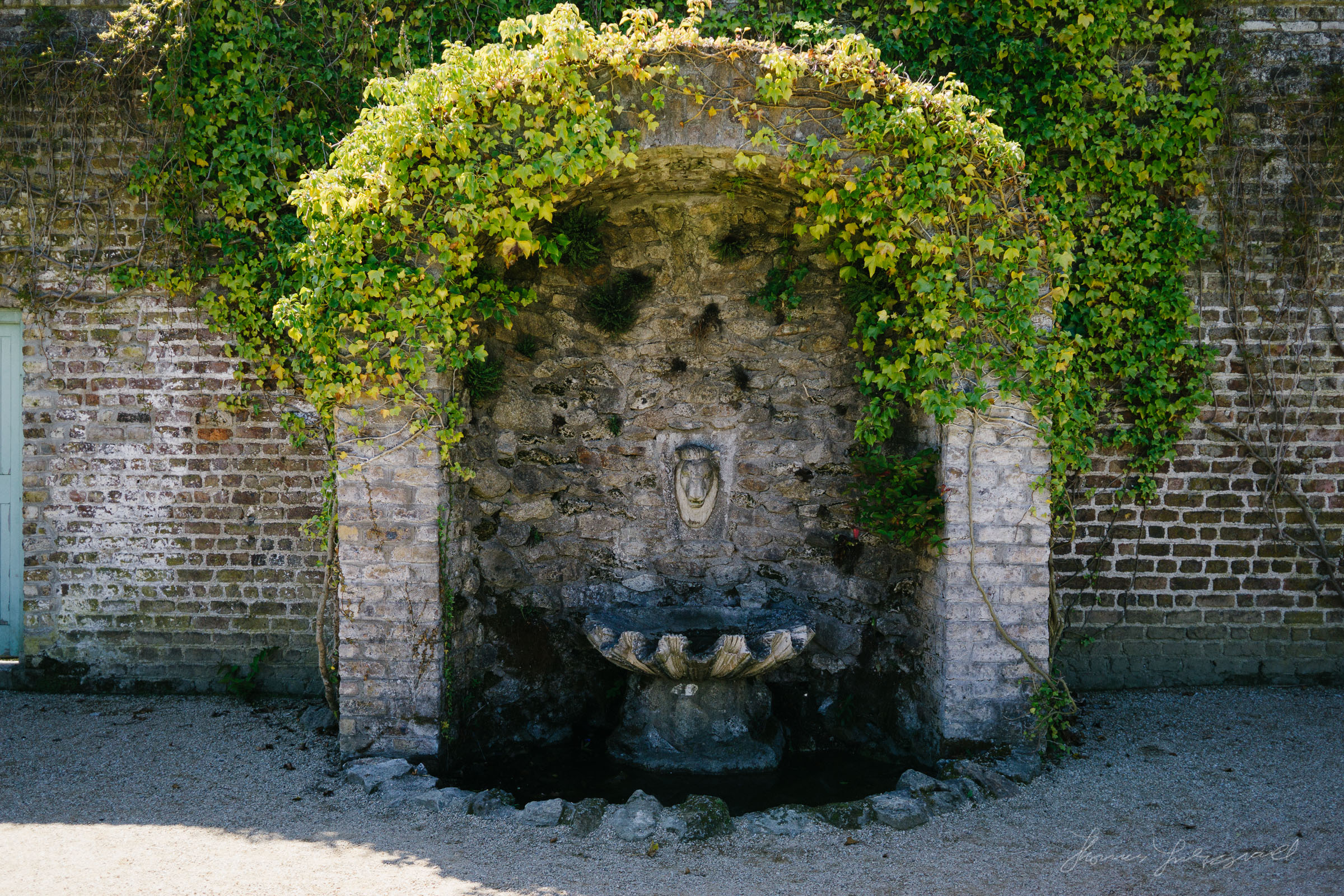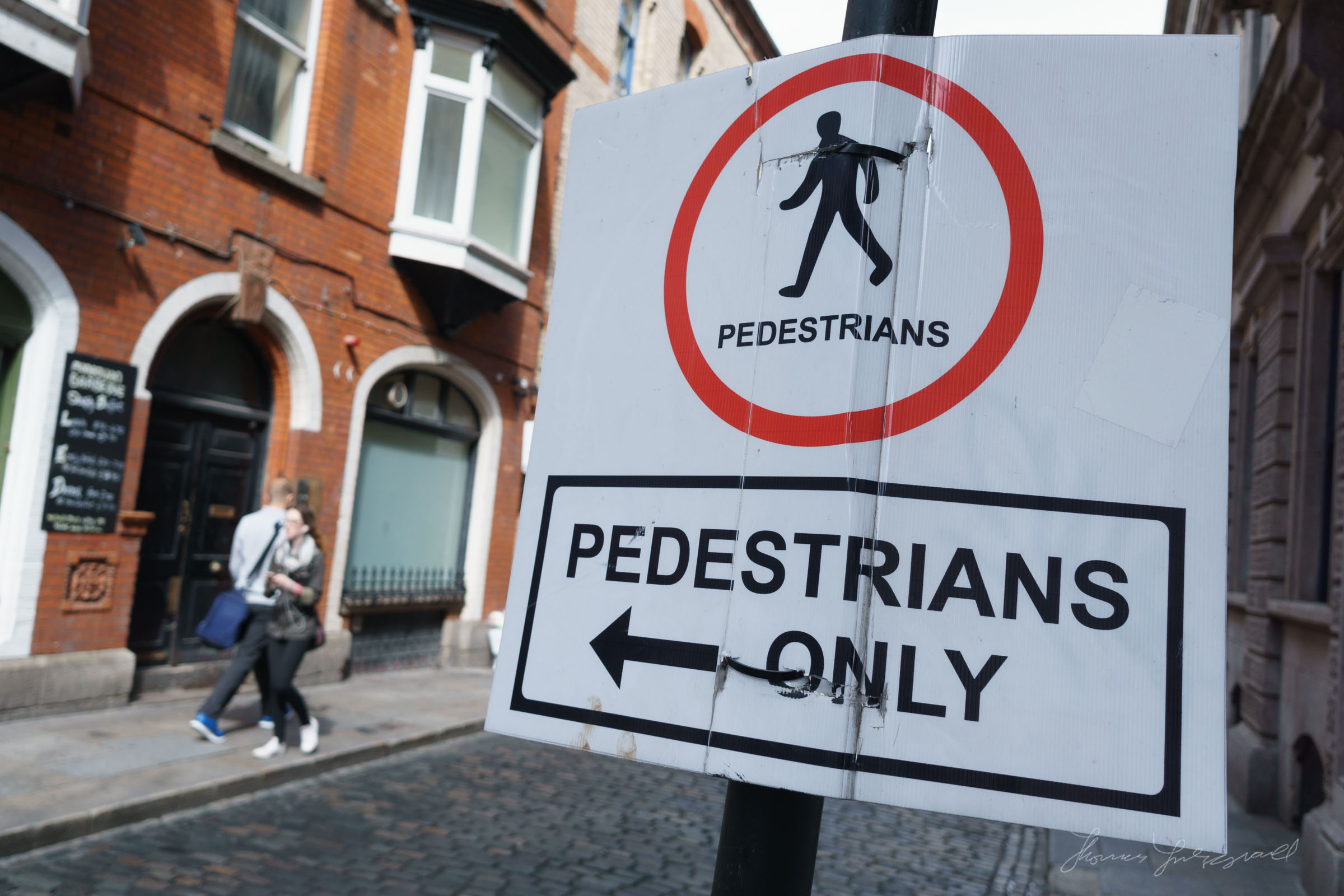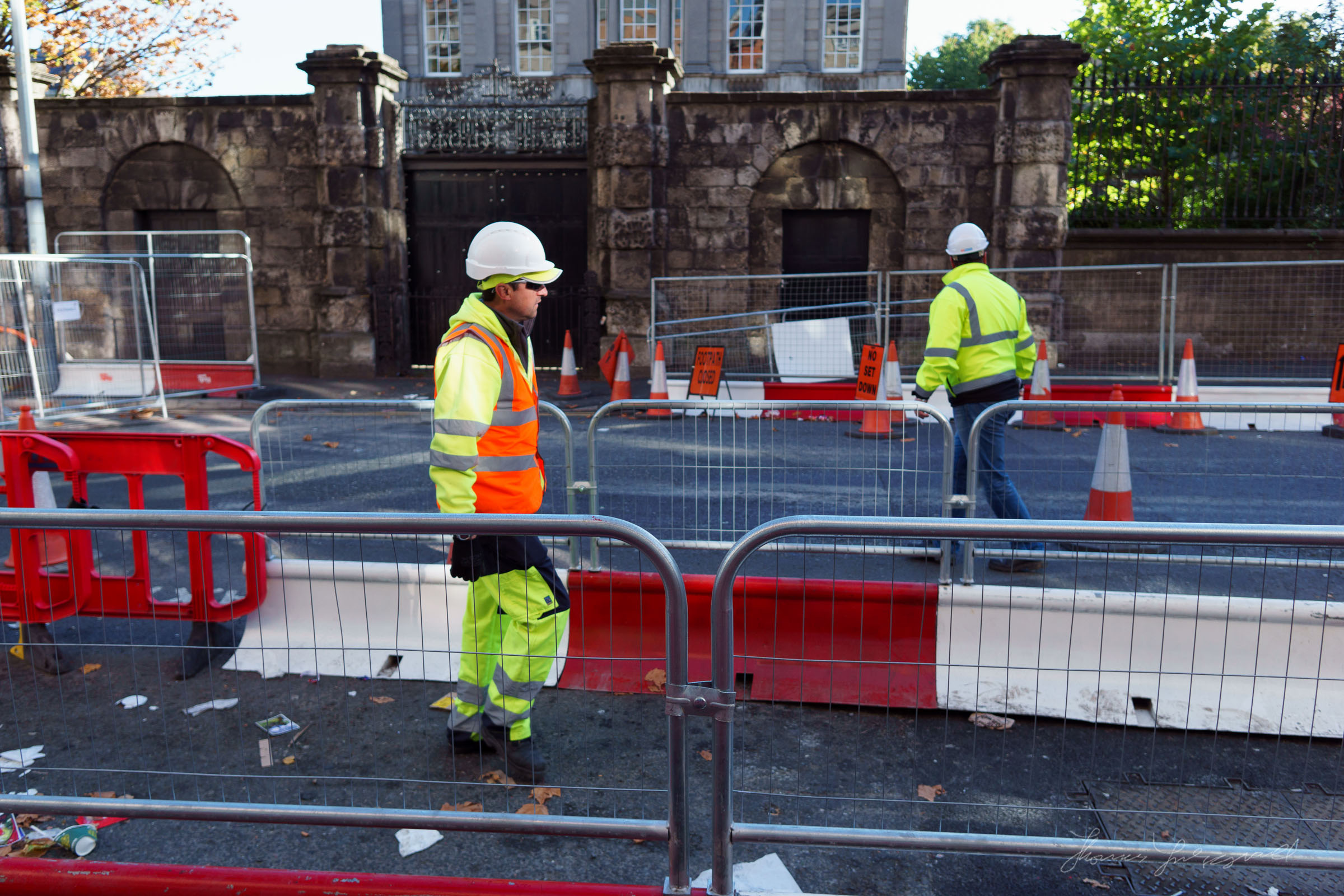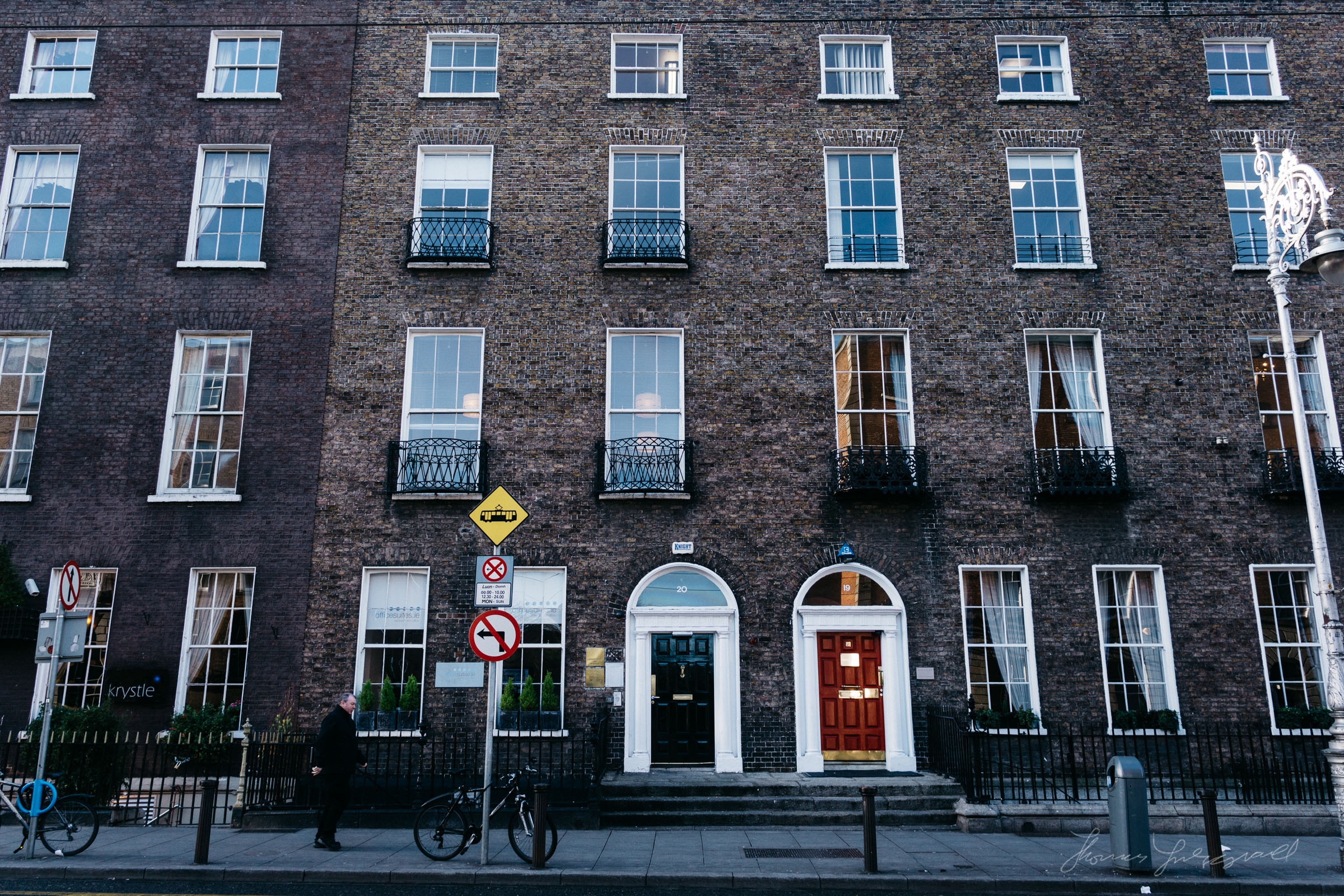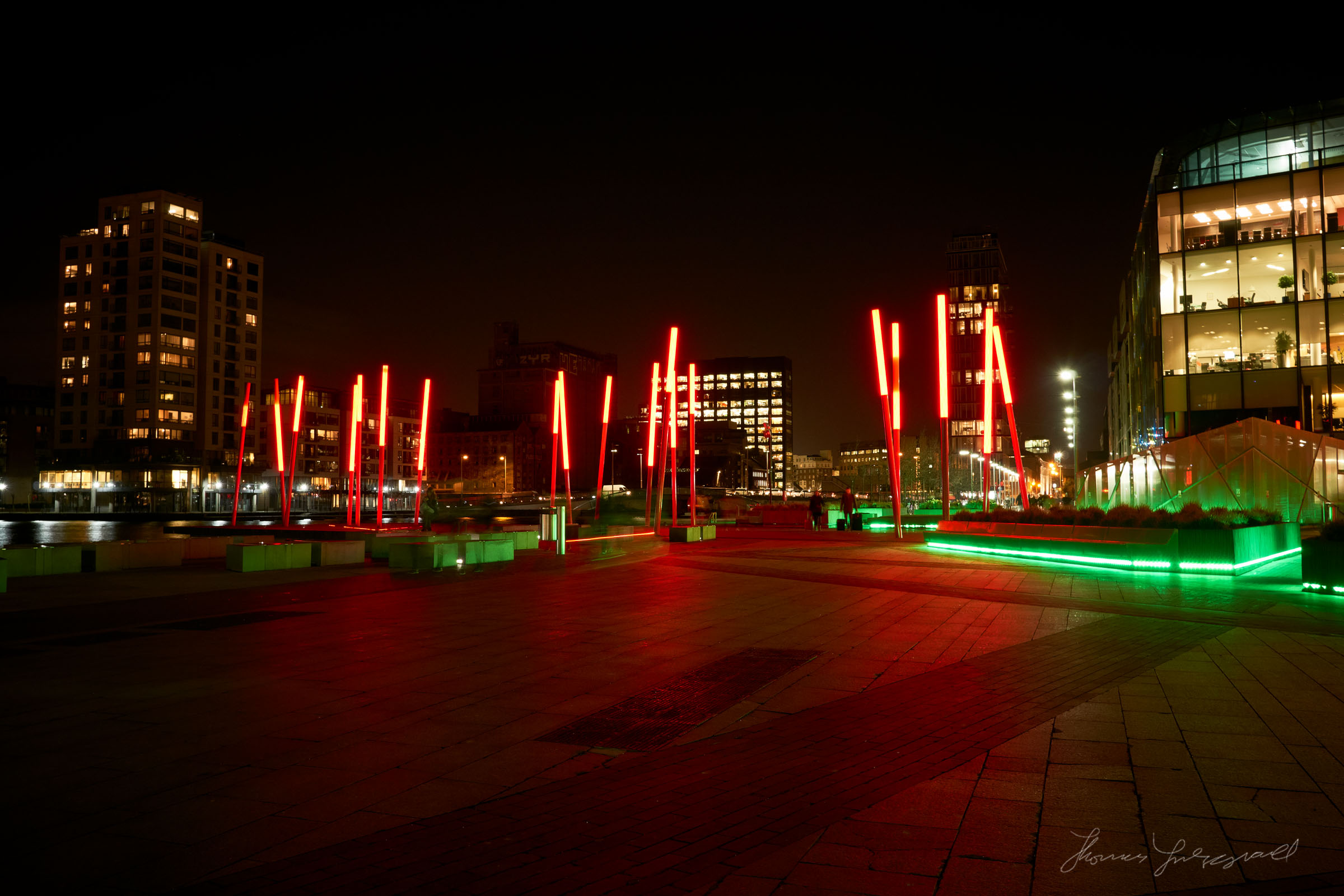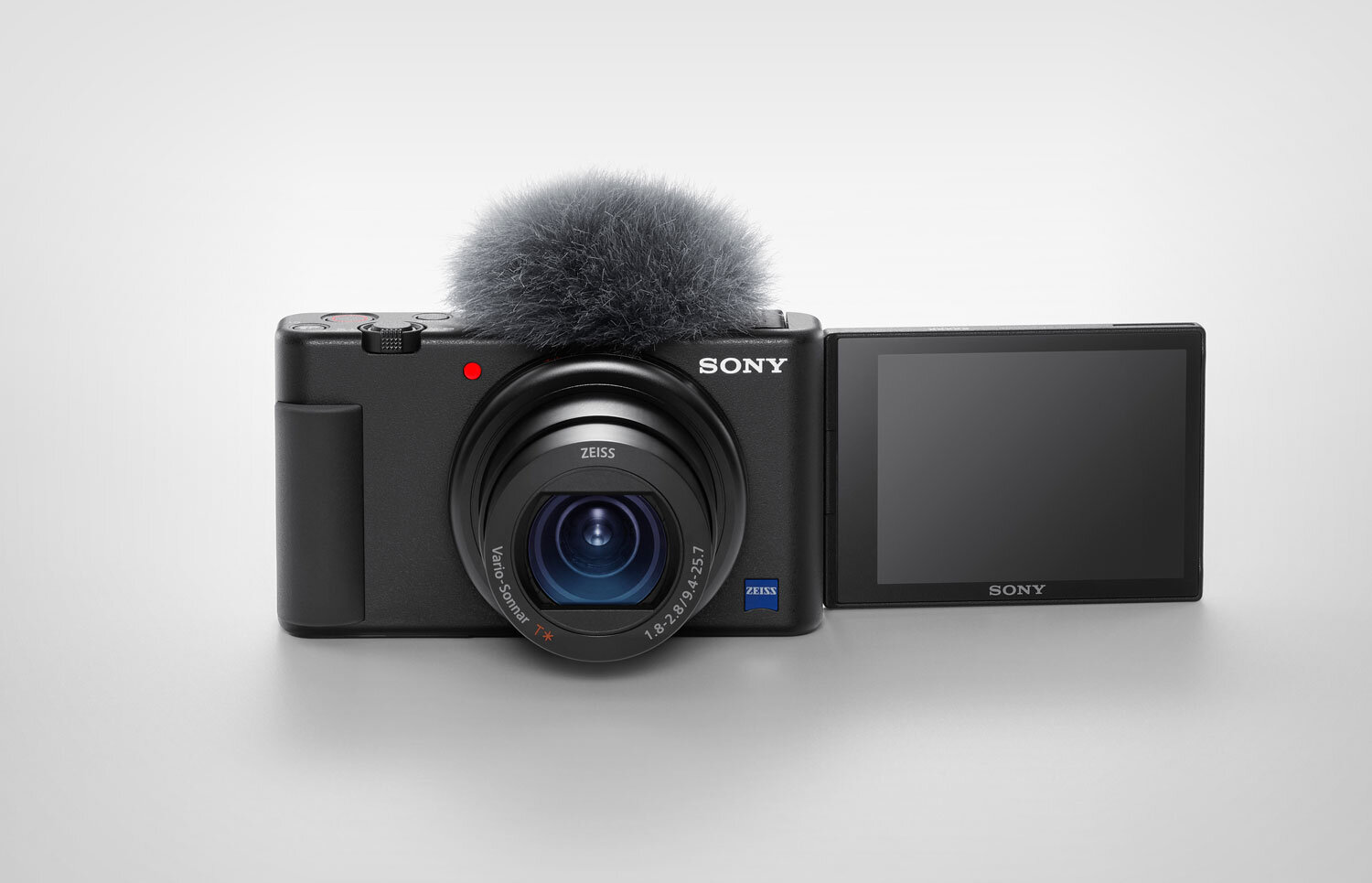Sigma 30mm and 19mm E-Mount Lenses Mini Review
When I was writing my epic three part Sony A6000 review, for whatever reason I left out any mention of the two best lenses that I have for the system. They are the Sigma 30mm and 19mm e-mount lenses. I'm not really sure how I managed to forget about these when I was writing the piece, but anyway, I'm making up for it now by writing this mini-review of the two lenses.
As with the review of the A6000 this isn't going to be a technical review, but rather a report of what it is like to sue these lenses in real world conditions. I'm not providing any charts of detailed technical comparisons, because if you want those there are plenty of other sites out there that provide that kind of information. Any samples shown are images that are ones that I've actually used and they've been processed like I normally would. They're for illustrative purposes, rather than for testing purposes.
Taken with Sigma 30mm f/2.8 and Sony NEX-7
Sigma 30mm f/2.8 E-Mount
I've actually had the 30mm sigma lens for quite some time. I originally bought it to go with my Sony Nex-7, and it was one of my favourite lenses on that camera. The Sigma 30mm which equates to a roughly 45mm full frame equivalent falls into the "standard" lens category. It's not quite a 50mm equivalent, but it's close enough for most functions. While it's relatively slow at f/2.8 it's also pretty inexpensive at just €199 / $169 It's also very compact and very light.
In terms of image quality, it's pretty great, especially considering the price. Even wide open it's pretty sharp in the centre of the lens, with only minor fall-off in sharpness at the edges. Stopped down to F/4 it's very sharp. Chromatic aberration is very well controlled at most apertures. There's a little fringing wide open, but it's nothing that you can't get rid of in Lightroom. The lens has good contrast and micro-contrast too.
The only thing I don't like about the lens is that it's a bit harsh. While it has some nice punch to it, the graduation in tones seems to be quite harsh at times. It lacks the nice smoothness of more expensive, or bigger lenses. It also seems to shift colours a bit too, which can make getting neutral images a little more difficult without some post correction. It's not much, but I have noticed it at times. Bokeh is ok, but not great. It's about what you would expect for such an inexpensive lens.
Overall, it all comes down to the fact that the Sigma 30mm costs so little. It's really hard to fault considering the price. If sharpness is your primary concern then this is an excellent lens. If you want something with a little more character to it, then you may want to look elsewhere. Unfortunately, that "elsewhere" is somewhat limited at the moment. While Sigma has just announced a f/1.4 companion to this lens, which I'm eagerly awaiting, the other options for primes in the standard lens category are quite limited.
There's the Sony 35mm f/1.8 OSS, which I also own. The Sony 35mm is one of the worst lenses that I've ever owned. It's not particularly sharp, even stepped down. It has some of the worst chromatic aberration and fringing that I've ever seen, and it suffers from flare and low contrast. The vignette get on the lens is also some of the worst I've ever seen, although it's still correctable by software, it makes the viewfinder and screen image quite dark when shooting. The only thing going for it is the optical stabiliser. While it's possible that I have a bad copy of this lens, I wouldn't be filled with confidence. Compared to this, the Sigma is substantially better. It has much better contrast and sharpness, although the Sony has nicer roll-off and is smoother in the out of focus areas. The other options if you want autofocus are either of the FE Sony 35mm lenses, which I haven't used. Both have a good reputation, but they're also expensive, especially the f/1.4 version. The only other cropped sensor standard lens that I'm aware of is the Zeiss Touit 32mm. While I'm sure that this is very good, it's hard to come (in Europe) by and it's also very expensive.
So, in my opinion, until the new Sigma 30mm f/1.4 ships, the current 30mm f/2.8 is probably the best all rounder in terms of value in the focal length for Sony cropped sensor e-mount cameras at this time. While the FE lenses are undoubtedly better, unless you need absolute image quality and money is no option, I'm not sure you could justify the expense if using them on a small body like the A6000.
Taken with the Sigma 19mm f/2.8 and Sony A6000
Sigma 19mm f/2.8
The 19mm Sigma is one of my newer acquisitions. Like the 30mm version of this range, it's very inexpensive. Mine cost just €199 when I bought it. The 19mm focal length equates to 28.5mm full frame equivalent. This means it is, to all intents and purposes, a 28mm lens (full frame equivalent). Whether or not this focal length works for you depends on your photography of course. For me, it works as a nice wide angle for street shooting, but I would prefer wider, such as a 24mm equivalent (16mm on cropped sensor).
As with the the 30mm the lens is very sharp. It's not quite as good as the 30mm but it's still pretty good. There can be some very minor softness in the edges, but it's barely noticeable, and considering the price of the lens, it's pretty impressive. As with the 30mm contrast is good, although as with the 30mm it's a little harsh. Images seem a little too harsh in my opinion, but again, for the price, they're sharp and clear, and you can't really argue with that.
There is some barrel distortion when left uncorrected, but there are lens profiles for the lens in Lightroom and Capture One, so once you turn on distortion correction it's not an issue.
If you're wondering what I mean by harsh, it's kind of hard to describe. With more expensive lenses, and full frame lenses, there is a smooth roll off between different tones, where as with these lenses the graduation between tones is not as subtle and does not render as smooth an image. I'm probably not explaining the concept very well, and it's kind of hard to show with samples. You really need to use it to understand. If you've ever used a high end lens, you'll know what I mean by smooth tones. Well, this is the exact opposite of that. It's not unusable out anything, and I'm being really picky here, which in a way says how good these lenses are that I'm being so picky about them. Again, for the price, you really can't complain.
In terms of negatives, apart from the harshness that I've mentioned above, the lens has some pretty bad vignetting wide open. While this is easily corrected by software, it does show up on your camera's live view, which makes the image appear very dark.
Overall though, as with the 30mm, this is an excellent lens for the price, and probably the best value available in that focal length for Sony e-mount cameras. The alternatives are also thin on the ground, especially if you exclude the full frame lenses. There's Sony's own 20mm, which I haven't personally used, but I have read some mixed reviews of it. There's also the Zeiss Touit 12mm, which is quite wide, and which I also have not used. While I'm sure it's very good, it's also expensive. There's also the slightly wider Sony 16mm, but again, I've no experience of this.
For wide altenratives, your best bet may to be a zoom though, as the prime options are thin on the ground. Depending on how well it performs when it's released, if you're willing to use Sigma's new MC11 mount adaptor combined with the company's excellent 18-35mm f/1.8 might be an interesting, albeit expensive and large alternative. There's also Sony's highly regarded ultra wide 10-18mm e-mount. None of these come close in terms of price to the Sigma 19mm though.
Conclusion
It's kind of hard to write a review of these lenses without having to constantly remind yourself as to how inexpensive they are. If feels like you're using more expensive lenses where you're shooting with them, because the sharpness is so good for the price. While I may have spent a bit of time discussing the abstract concept of lens "harshness" which I see as the only real weakness of these lenses, I'm mentally comparing them to much more expensive optics on other platforms. For the price, they really are a great buy.
If you're an A6000 Shooter and you want to improve your Lightroom processing, I have a new guide e-book for post processing Sony A6000 Raw files in Lightroom. It's available now for €5 from my digital download store. Head on over to find out more, and for a sample chapter.
Buy from B&H
If you are interested in either of these lenses and you want to help support the blog then consider buying through our affiliate link with B&H Photo
30mm f/2.8 DN Lens for Sony E-mount Cameras (Black)
30mm f/2.8 DN Lens for Sony E-mount Cameras (Silver)
19mm f/2.8 DN Lens for Sony E-mount Cameras (Black)
19mm f/2.8 DN Lens for Sony E-mount Cameras (Silver)
















